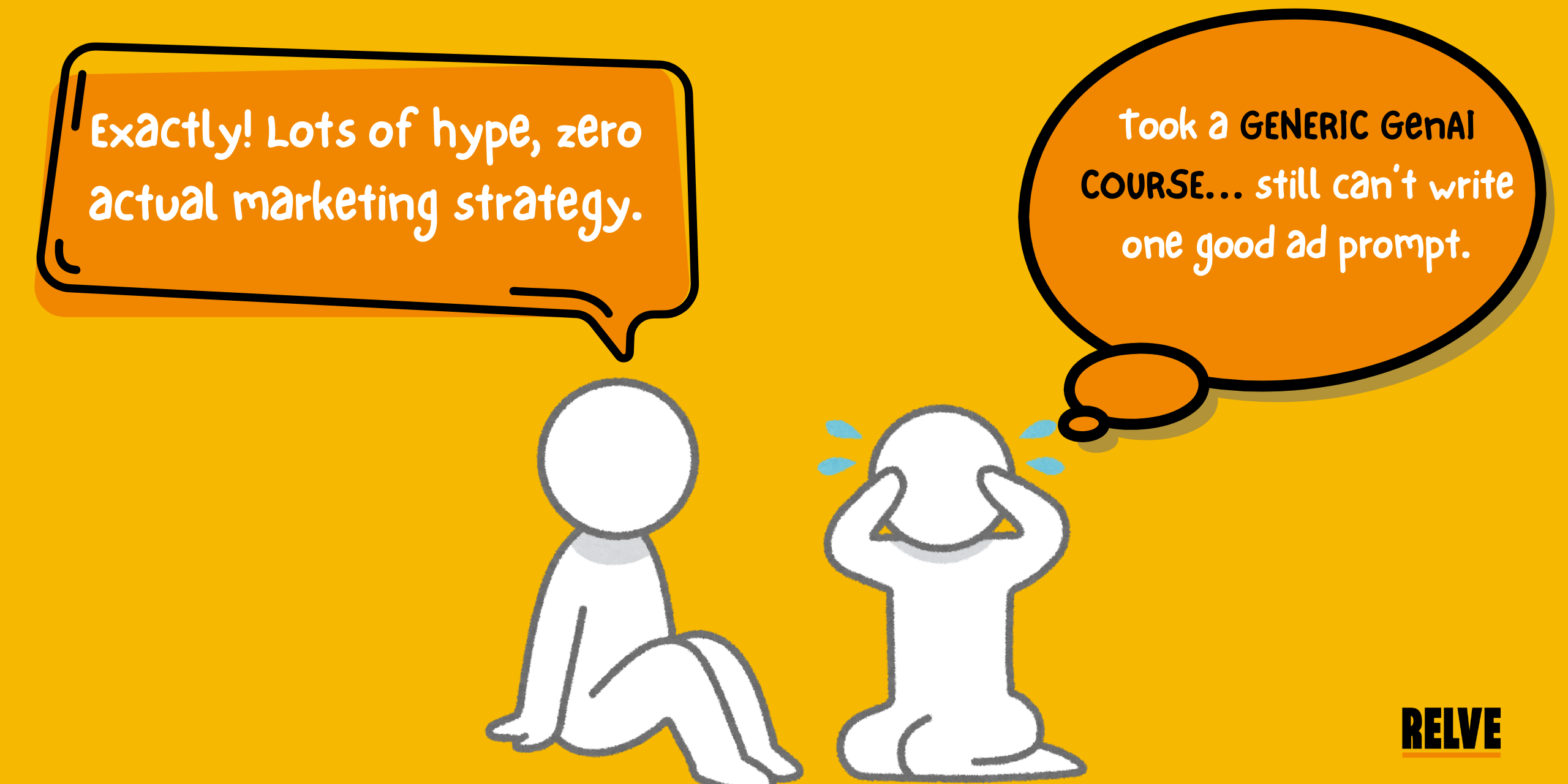You’ve sat through one. Maybe two. Maybe five. The “AI for Everyone” course. The one with the animated chatbot, the outdated copy-paste prompts, and the promise that you’ll be a “GenAI wizard” by the end of the week. But here’s the thing no one says out loud: most generic GenAI courses are quietly wasting your time.
For marketers, they’re especially painful. You walk in hoping to sharpen your edge, write better copy, personalize faster, or even scale a campaign. But what you get is a vague history of transformers and a canned prompt to “write a haiku about a muffin.” Cool… but irrelevant.
Let’s unpack the real reasons they flop and what it takes to make AI work for marketing pros like you.
Generic GenAI Courses: An Overview of a Problem
Off-the-shelf, generic GenAI courses promise a quick win, and watch as innovation flourishes. Instead, they create a false sense of confidence.
There has to be a better way to teach everyone the basics of AI.
As Joe Collins puts it:
This “learning illusion” sets people up with surface-level knowledge – plenty of theory, but zero real-world muscle memory.
Meanwhile, internal teams roll out PowerPoint decks and free tools without providing any context or follow-up, and then wonder why nothing changes.
Prompt Generator Tool
1. Too Generic to Guide Real Strategy
Generic content is as good as useless. For starters, it doesn’t connect to marketing KPIs.
When courses are ‘one-size-fits-all’, marketers are left with generic prompts and forced to work with examples unrelated to their actual work.
Mark Ogne, CEO of Symplexity, drives this point home:

Generic training is like teaching someone to swim in a bathtub and expecting them to dive into the ocean. Marketing professionals need scalable models tailored to campaign goals, customer personas, ROI metrics, not just generic tools.
2. The Practice-Chasm: Hands-on or Hands-off?
Most generic GenAI courses are heavy on buzzwords, light on guided practice.
Renowned marketer Maverick Foo warns:
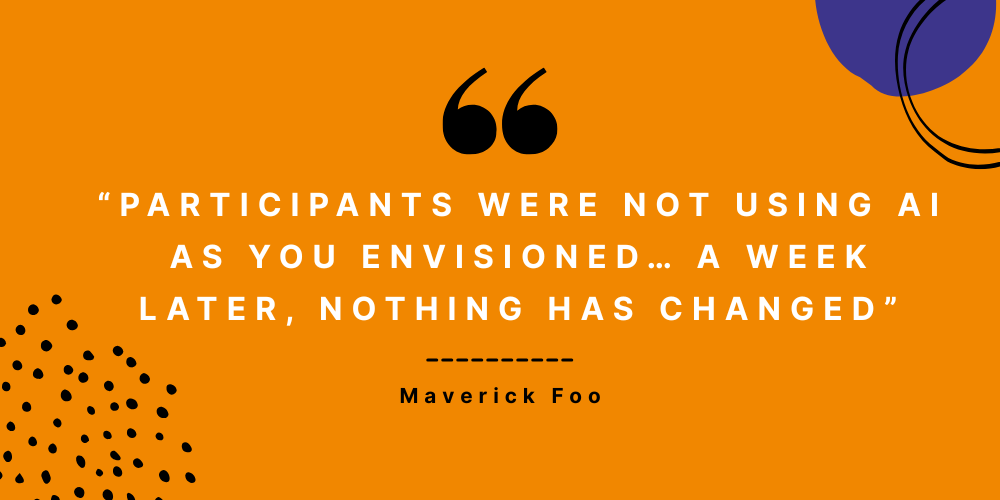
Theory-only training leaves marketers stranded at step zero. They understand concepts but have no structured opportunity to apply them to segmentation, A/B tests, media buys, or brand voice alignment.
AI Readiness Quiz
3. No Ongoing Reinforcement = Rapid Skill Decay
Learning sticks when repeated, but most marketing-focused training programs offer no post-course support.
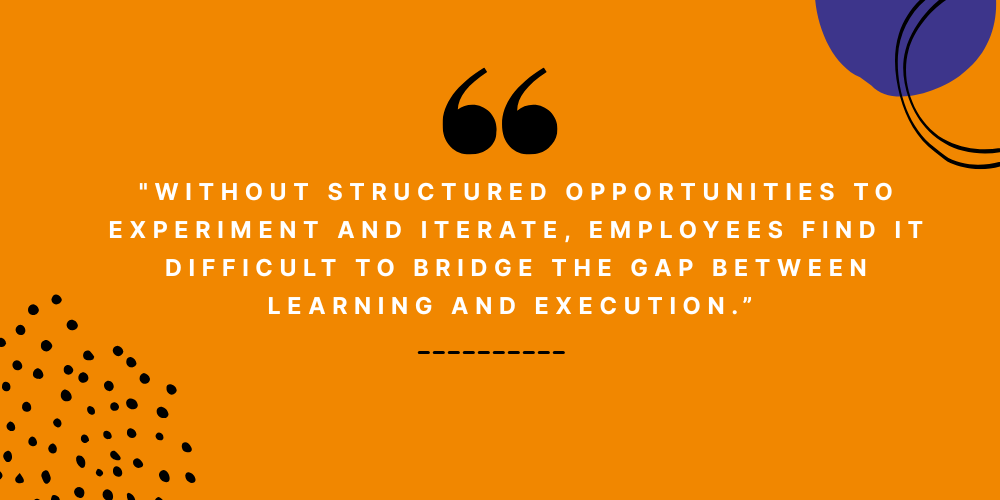
That's a recipe for undoing any progress, especially in creative fields where context evolves daily. Marketers walking away unsupervised without real skilling are functionally back to square one.
4. Identity Angst: "Who am I if AI writes my copy?"
Much like creatives struggling with AI replacing jobs, marketing pros face an identity shift.
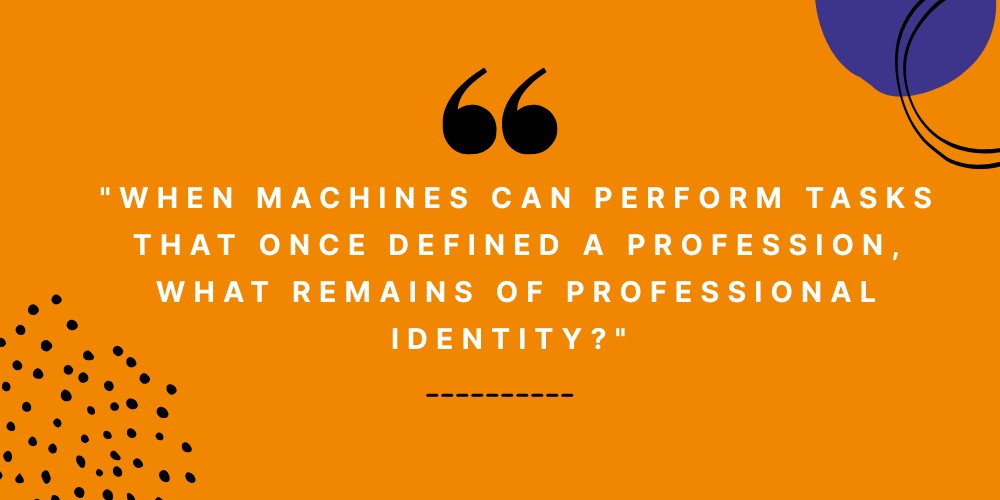
Without addressing this emotional layer, generic GenAI courses risk alienating professionals who feel threatened, leading to passive resistance.
6. Executive Disconnect: AI hype, not contextualized vision
Marketing departments forced into AI training without a clear strategic direction often end up confused, knowing something about transformers but not understanding why or how it matters to their funnel.
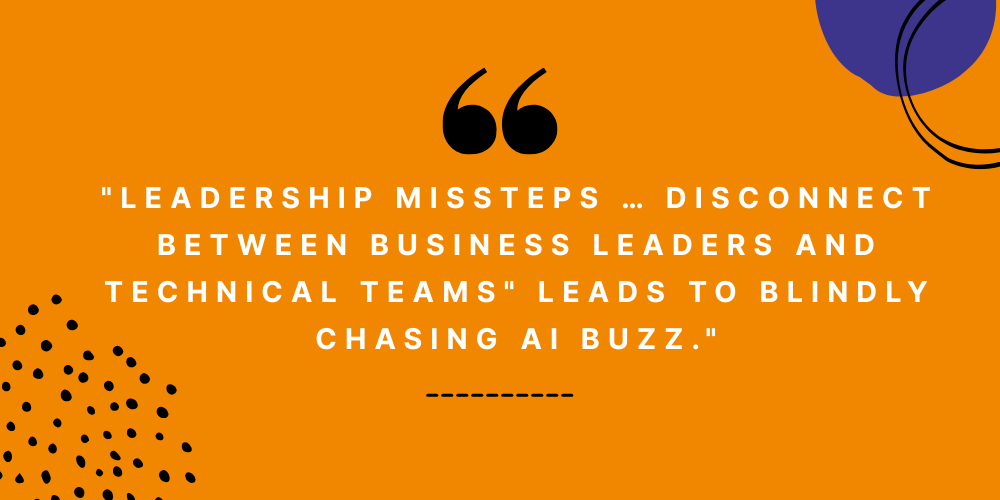
Proposed Solutions
Now let's talk about how to overcome the issues that we've highlighted. Here are five tips to follow:
1. Contextual Alignment: Role-based Training
Marketing leaders shouldn't teach generic AI; they need specialized training and AI marketing tools designed for realistic use. Build modules around:
- Content generation for SEO vs. ad copy
- Audience segmentation and targeting
- Chatbots for customer nurturing
- Analytics and dashboard generation
Frame sessions like "Use AI to draft Facebook ads targeting millennials around eco‑friendly products."
2. Practice-First Workshops
Run hands-on, cohort-based workshops using real briefs. Break marketing objectives into:
- Prompt structures
- A/B iterations
- Brand tone adaptation
- Performance dashboards generation
No better teacher than doing.
3. Secure Premium Tools
Don’t rely on free tools. Provide access to platforms like Jasper, Copy.ai, or internal LLMs with enterprise-level stability. Free tiers cause churn; professionals need reliable pipelines.
4. Ongoing Support: Coaching & Communities
Blend cohort learning with 1:1 coaching, peer groups, and “AI Office Hours.” Embed AI champions who can troubleshoot email prompts, review LMS bots, and show best practices.
5. Address Professional Identity
Start by acknowledging the mental adjustment. Support marketing professionals in rethinking their roles, to curators, directors, and strategists rather than manual copywriters. Run facilitated discussions to surface fears and ambitions.
6. Alignment at the Top
Leaders must set a clear AI strategy:
- What marketing outcomes are we optimizing?
- Which channels?
- How will we measure success?
- What’s the timeline?
Without leadership buy-in, generic GenAI courses remain hollow.
Conclusion: From Generic to Strategic
Generic GenAI courses don't hurt marketing pros, they wreck adoption, confidence, and impact. Instead, treat AI training like launching a campaign:
- Define goals (e.g., "Increase blog output by 3× in 60 days")
- Map required skills & prompts
- Provide fundamental tools and context
- Run hands-on sprints
- Support with coaching & measurement
- Acknowledge the identity shift
Marketing teams deserve training that's targeted, practical, and human-centric, not one‑size‑fits‑all fluff. With this approach, ROI isn't speculative; it's measurable.
Action Steps
- Audit current training programs to ensure they align with marketing goals.
- Engage AI-savvy marketers to co-create hands-on sprints.
- Pilot a 6-week cohort, include coaching, measure outcomes (time saved, campaign output).
- Launch identity & mindset sessions before tactical training.
- Build a learning community to sustain progress.
If you're ready to turn generic GenAI courses into strategic assets that drive performance, I've got ideas, templates, and tools prepared to share, just say the word!
